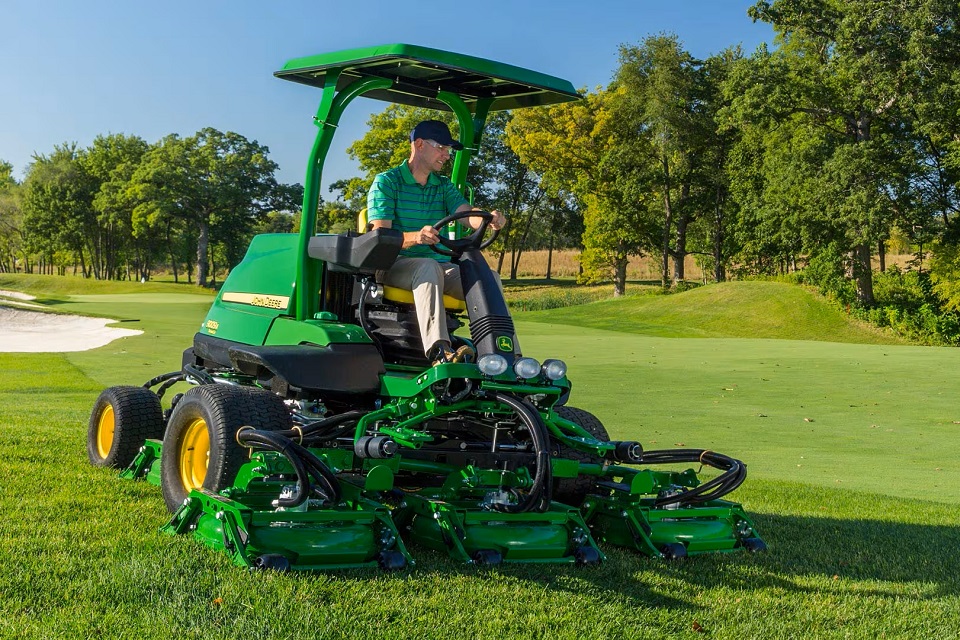Golf course turf equipment is a large investment. Hence, a thoughtful approach to purchasing pre-owned equipment becomes very important. This means paying attention to warning signs and delving into maintenance records and services.
Choosing the right tires for your turf mower is essential to minimize turf damage and maintain traction. The following are some of the top considerations when selecting turf mower tires:
Warranty
Turf equipment is designed for tough ground maintenance work, but accidents and normal wear and tear can occur. If this happens, it’s important to have a warranty in place to protect your investment.
Under this warranty, some obligation to the purchaser is limited to repair or replacement using genuine parts of any claim that proves defective in material and artistry within the specified period. This warranty gives the purchaser specific legal rights, and the purchaser may also have other rights, which vary by state or province.
The copyrights and trademarks of those sites are the property of their respective holders.
Design
When buying turf equipment, it’s essential to consider its design. Ergonomic designs can help prevent repetitive stress injuries and other issues that may cause pain in your hands, wrists, or back. Many lawnmowers are now designed with an ergonomic grip and push-to-start engine.
Some make maintenance equipment for golf courses and synthetic turf fields. Their kit features low mechanical complexity, high reliability, and a full warranty.
Commercial lawns and sports turfs are growing in popularity. Businesses, industrial complexes, public lands, and private school grounds all have yards. They preserve open spaces, provide recreation, and raise property values. These areas also offer environmental protection and enhance safety. They’re also popular with working professionals who rent them out for sports activities on a short-term basis.
Reliability
Reliability is the probability that an item of equipment will function without failure over a designated time. The science of reliability engineering is dedicated to predicting, analyzing and preventing product failures through root cause analysis and other techniques.
Reliability-related costs are the sum of all expenditures associated with product field failures from shipment over the product life cycle, including warranty costs. Product reliability improvements made during the design and production phases can significantly decrease these costly expenses throughout the product life cycle.
A test has high reliability when it yields the same results if administered more than once. A thermometer that produces a different measurement each time is not reliable. High reliability also requires that the instrument used for testing be valid.
Performance
The demand for well-maintained lawns and sports fields is boosting the turf care equipment market. This is driven by a growing demand for aesthetically appealing landscapes, which encourage property values and relieve recreation and stress.
Manufacturers are focused on product innovation and technological advancements to improve the performance of their equipment. This includes the development of GPS-enabled mowers and energy-efficient lawnmowers.
In addition, manufacturers offer lifts with a base beam to protect the operator’s feet from the unguarded pinch point of auto lift jacks when extended straight alongside turf equipment. This safety feature helps reduce worker accidents and injuries. It also makes maintenance easier by preventing abrasions and liquids from leaking onto critical mechanical parts. This enables workers to avoid costly repairs and extend the life of their equipment.
Cost
Many homeowners are turning to artificial turf because it requires minimal maintenance, saves water and stays green all year. However, it isn’t inexpensive to install.
Turf costs vary depending on the type and quality of the turf. It’s also important to consider the installation and labor costs.
Look for turf with a low face weight to keep costs down. A lower face weight means the turf is less dense and feels softer to the touch. A higher face weight will feel firmer and hold up better to heavy foot traffic.








No Comments